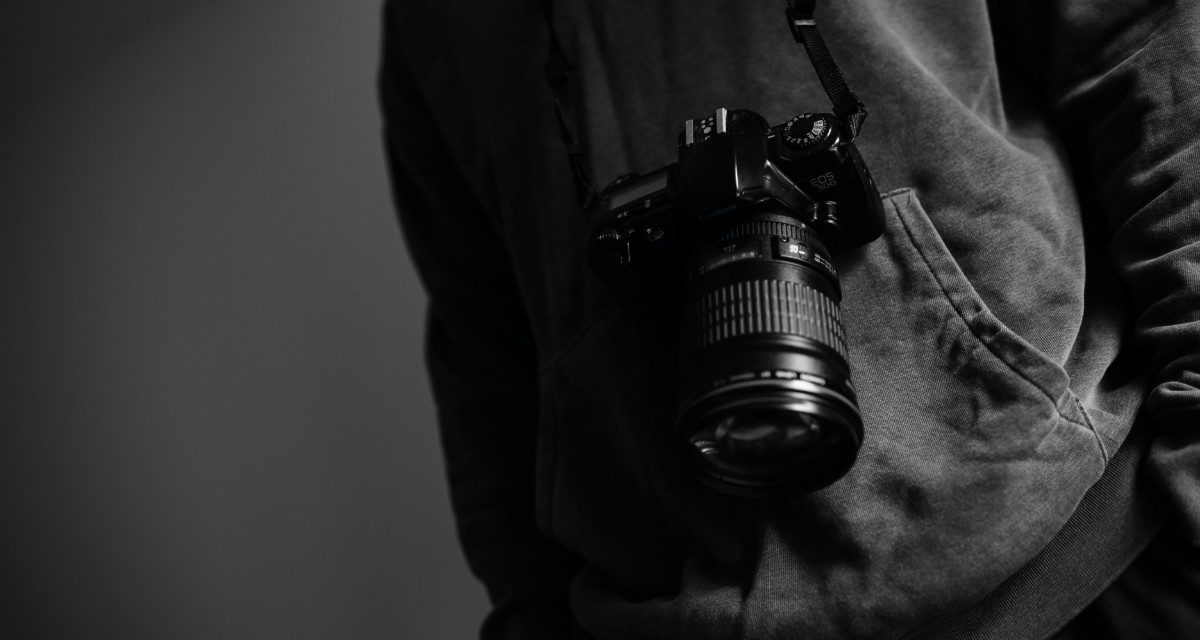[ad_1]
The Fuji Photo Film Company was established in 1934, and initially made photographic films for the Japanese home market. In the early 1940s, they started to produce optical glass for military use, and in 1948 began making cameras. In 1971, Fuji made their first 35mm SLR camera – the Fujica ST701.
In the early 1970s, the 35mm SLR camera most favoured by serious amateur photographers was the Pentax Spotmatic. Other manufactures produced models that were possibly just as good, but none commercially rivalled the dominance of the Spotmatic.
The FujicaST701 boasted very similar specifications to the Spotmatic II – it even shared the same M42 threaded lens mount – but Fuji stepped ahead of their competitors by being the first company to use silicon blue photocells instead of CdS. Silicon cells were claimed to react much faster, and respond to a wider range of light levels than CdS. Indeed, all camera manufacturers eventually adopted Silicone cells. In addition, the ST701 was smaller, lighter, and had a brighter viewfinder than the Spotmatic II.
In 1972, a second Fujica SLR camera was launched – the ST801. This offered open aperture metering (via Silicone cells), a lens locking system, and seven LED viewfinder indicators instead of a common needle. The open aperture metering (and lens locking system) required a new modified lens mount, and marked the start of a divergence from the established M42 mount. The claimed benefits of the LED system was the absence of a mechanical mechanism, eliminating meter deviation caused by shock or mechanical failure, plus it was better for low light shooting. While none of these features were innovations, the ST801 was one of the first cameras to bring together all of these characteristics.
In 1973, the Pentax Spotmatic F was introduced. It was essentially an open aperture metering variant of the previous Spotmatic, and it too required a new modified lens mount. Fujinon and Pentax lenses ceased to be wholly interchangeable (a fact that seems to elude many of today's second-hand photo equipment sellers). On paper, the ST801 was still a better-specified camera.
Meanwhile, Pentax had been working on a new type of auto-exposure system. In 1971 the ES was launched (an improved version of the Electro Spotmatic, which was sold only in Japan). This camera featured open aperture metering with automatically selected shutter speeds, indicated by a viewfinder pointer (aperture priority auto-exposure). In 1973 the ES was upgraded as the ES II, with an innovative electronic step-less shutter. The ES and ES II ensured that Pentax remained a dominant force in amateur SLR cameras.
In 1974, Fuji introduced a rival to the Pentax ESII: the Fujica ST901. It too featured open aperture metering with automatically selected step-less shutter speeds (aperture priority auto-exposure), but claimed another first in camera design: a digital LED shutter speed indicator in the viewfinder (as first seen in early 70's calculators and digital watches). Once again, Fujica seemed to be technologically ahead of Pentax.
Sadly, shortly after the introduction of these top quality cameras, the race between Fujica and Pentax had run its course, and the glory days of both companies were effectively over.
1975 was a year of significant change for Pentax. The company introduced its own lens mount, the K bayonet (which incorporated a lens locking system), along with a new set of short-lived “K” cameras based heavily on the Spotmatic format. A year later, Pentax abandoned the Spotmatic body shape, and introduced a band new smaller camera range (the M series), perhaps due to growing popularity of the Olympus OM-1 (and variants), which has set new standards of compactness.
The ME was an aperture priority auto exposure camera (with no manual override), and the MX was a fully manual camera. Both featured large bright viewfinders (as found in Fujicas), but neither was innovative. The MX, for example, was little more than a miniaturise Spotmatic F.
Meanwhile, Fuji stuck with their version of the M42 lens mount, and produced another new camera in 1976: the ST601. Just like the new Pentax cameras, the design lacked innovation, and was essentially a variant of the five-year-old ST701. Nevertheless, the 600 series camera sold well in the budget sector of the SLR market.
Elsewhere in 1976, other companies were gaining prominence. Canon's AE-1, for example, introduced the first use of microprocessors, and steered the future of camera design in a new direction.
Pentax continued to produce insignificant M series variants (mostly lesser models after the 1980 ME Super). Fuji similarly and trivially updated their camera range: the ST601 became the ST605 in 1977, the ST605n in 1978, and the ST605 II in 1979. The ST701 became the ST705 in 1977, and then the ST705w in 1978. The ST801/ST901 were replaced by a lesser hybrid – the AZ-1 – in 1978. All were pretty dull offerings, but the model range was given a further lease of life in 1980 as the STX series when, like Pentax had done previously, Fuji introduced they own lens bayonet mount system.
Neither company had any further design triumphs that restored their position as market leaders, or made their products serious competitors to the new market leaders. By the mid 1980s, Fuji withdrew completely from the 35mm SLR market, while Pentax struggled on, but largely became a second rate brand.
[ad_2]
Source by John A Burton

